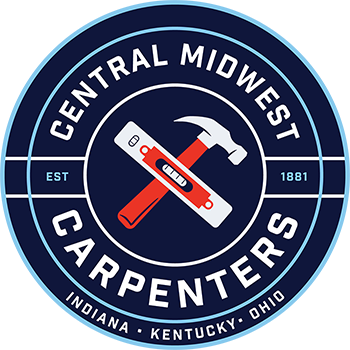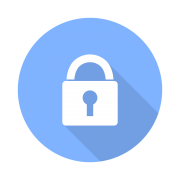NFPA Door Inspection Requirements: Are you up to Code?
The 2010 adaptation of NFPA 80 & 101 regulations require that all fire-rated doors in your healthcare, government, commercial or school facility are tested for functionality annually and that a written inspection record is kept on file. In addition, NFPA 80 & 101 require that the person responsible for inspecting the doors has the knowledge and understanding of the operating components of the door.
Training & Education are Crucial for Door Inspectors
How do you determine if the person inspecting your doors is “knowledgeable and has the understanding of the operating components of the door”? Training and education are crucial when considering who is best qualified to inspect the fire-rated doors in your healthcare, school, government or commercial facility.
CMRCC fire door inspectors are not only trained to inspect doors, they have also taken the extra steps to earn their Door Safety Inspection Certification. This certification means they’ve taken over 40 hours of door inspection training and passed a rigorous certification test.
Why CMRCC Door Inspectors?
Our certified CMRCC door safety inspectors have the ability to inspect your facility’s doors and make any necessary repairs – saving valuable time, money and most importantly ensuring your facility is compliant with NFPA 80 & 101 regulations.
Door Safety Inspection Certification
All CMRCC Door Safety Inspectors have gone a step beyond training. Each inspector takes over 40 hours of door safety training and must pass a rigorous certification test.
One Source
CMRCC Door Safety Inspectors have the ability to inspect doors and fix any deficiencies or infractions, saving time, money and ensuring your facility is compliant.
CMRCC certified Door Safety Inspectors have the superior skills needed to ensure your facility complies with all NFPA 80 regulations. To receive certification, inspectors must complete a 40-hour hands-on course and pass a rigorous certification test.
Here are some of the many items our Certified Door Safety Inspectors will validate to help your healthcare, government, school or commercial facility maintain compliance.
- Labels are clearly visible and legible.
- No open holes or breaks exist in surfaces of either the door or frame.
- Glazing, vision light frames, and glazing beads are intact and securely fastened in place, if so equipped.
- The door, frame, hinges, hardware, and noncombustible threshold are secured, aligned, and in working order with no visible signs of damage.
- No parts are missing or broken.
- Door clearances at the door edge to the frame, on the pull side of the door, do not exceed clearances listed in 4.8.4 and 6.3.1.7 Bottom Max 3/4″ (19mm) 3/8″ (9.5mm) for 38″ above floor, Wood Top & Sides Max 1/8″ (3/18mm), Steel Top & Sides & ME Pairs 1/16-3/16″ (1.59-4.76mm).
- The self-closing device is operational, that is, the active door completely closes when operated from the full open position.
- If a coordinator is installed, the inactive leaf closes before active leaf.
- Latching hardware operates and secures the door when it is in the closed position.
- Auxiliary hardware items that interfere or prohibit operation are not installed on the door or frame.
- No field modifications to the door assembly have been performed that void the label.
- Gasketing and edge seals, where required, are inspected to verify their presence and integrity.
- Signage affixed to a door meets the requirements listed in 4.1.4; check area less than 5%, the means of attachment is adhesive not mechanical, is not on glazing, and does not impair door assembly operation.



